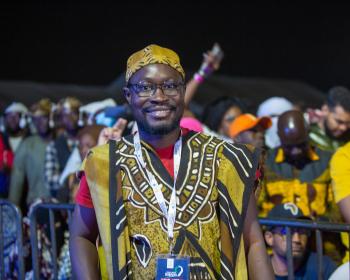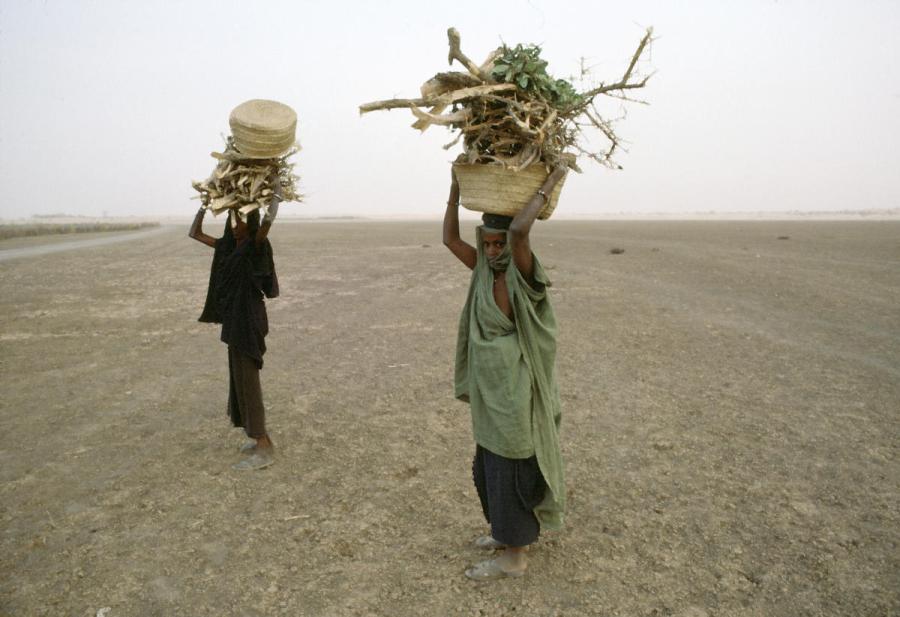Cultural Survival and local Malian opponents to the damming of the lower Bani River are concerned that the project impact zone has been identified exclusively as upstream from the dam. Downstream areas have been excluded because engineers contend that waters would not be diverted, only delayed by a week or so in the rainy season, and therefore not impact the normal seasonal flooding that sustains agriculture, herding, and wildlife downstream. Dam opponents, including a former Minister of Agriculture in Mali, contend that waters will be diverted and the result will be inadequate flooding to sustain current subsistence activities in the Djenne region. To proceed with construction without better examining the possible desiccation effect on the floodplain downstream would imperil at least 20,000 farmers and inhabitants in the vicinity of Djenne. Dam opponents fear the project would merely trade off increased food production upstream for significant loss of food production downstream. Environmental degradation would result in massive displacement of the downstream population, leading to famine. They also contend environmental consequences for the area to be flooded upstream, citing other failed dam projects in Mali. Abandonment of Djenne would mean the loss of an historic city, including the Djenne mosque, the largest adobe structure in the world and a World Heritage Monument.
Article copyright Cultural Survival, Inc.


